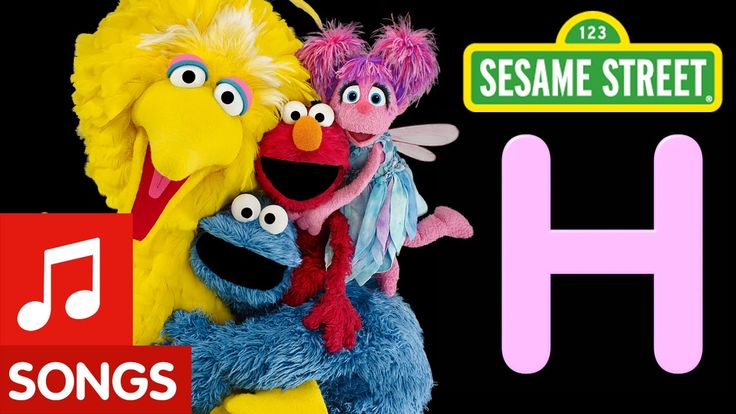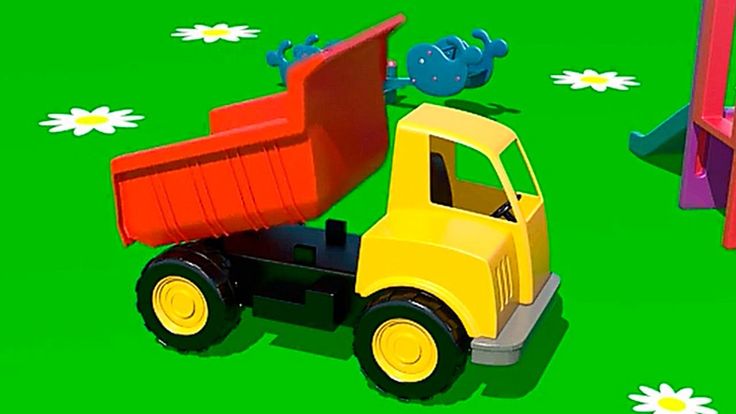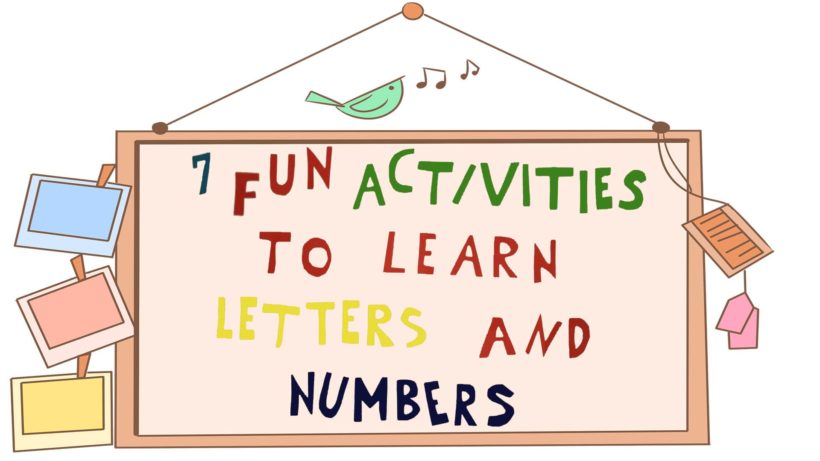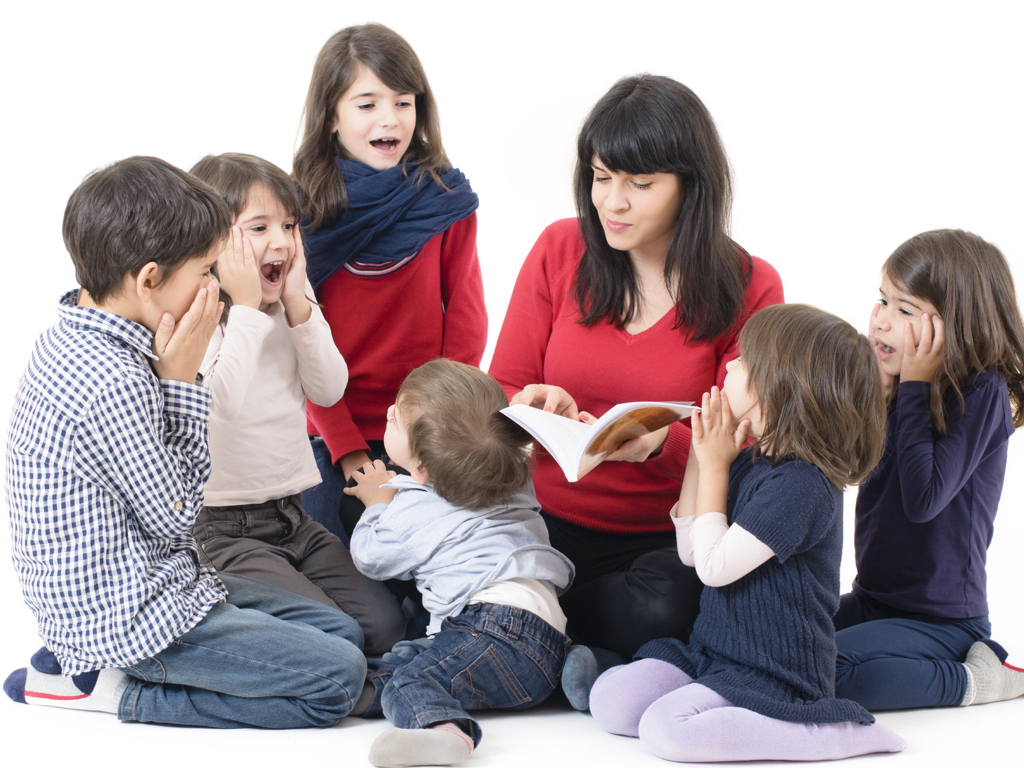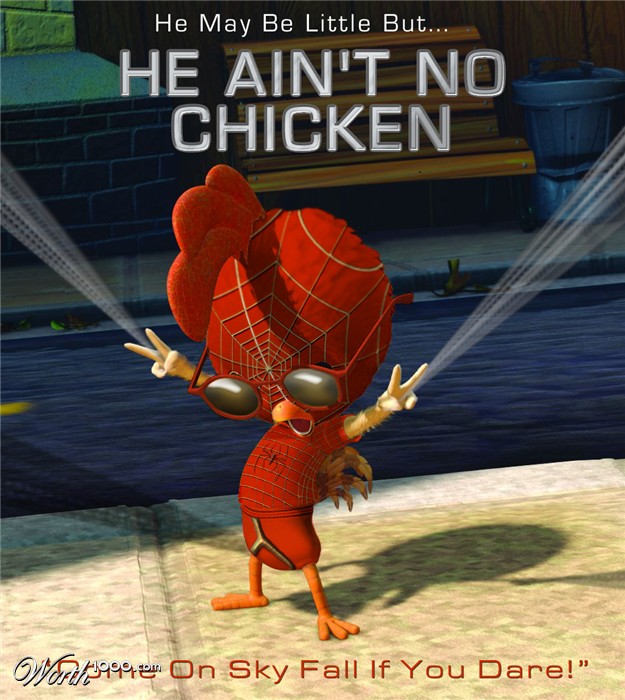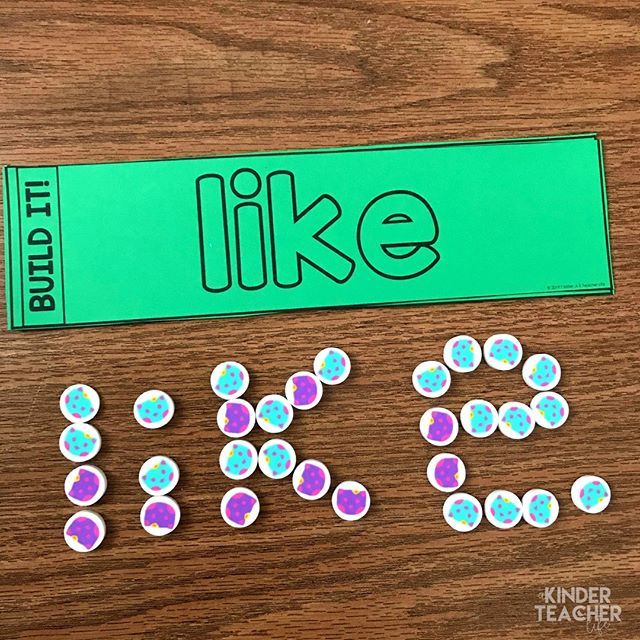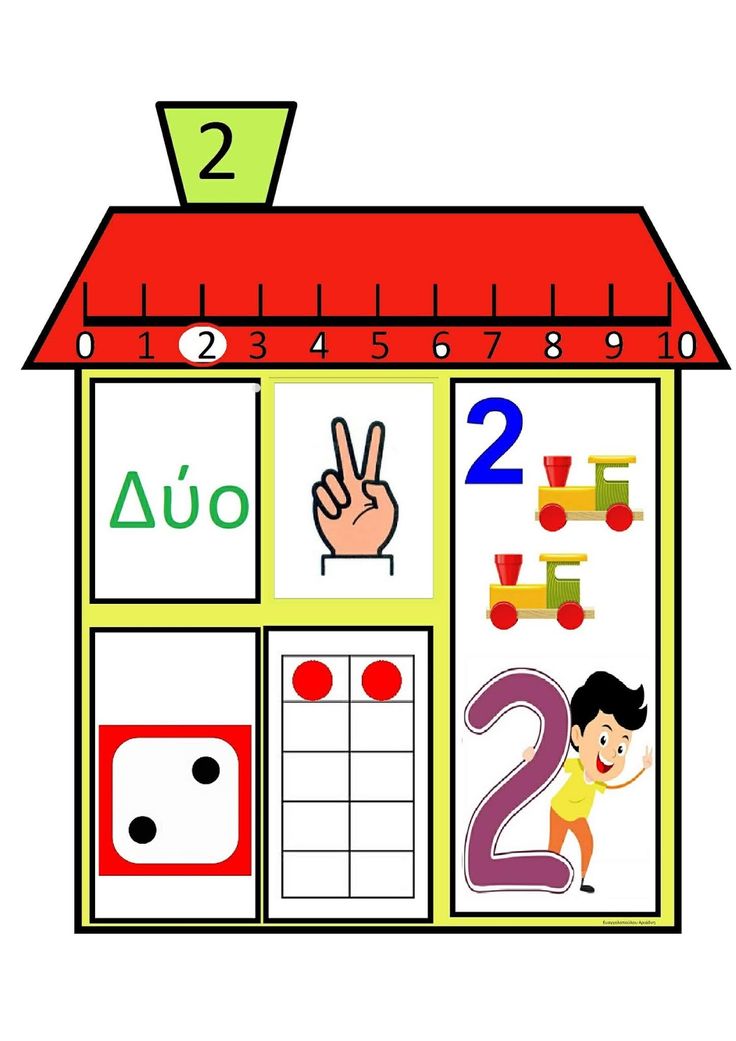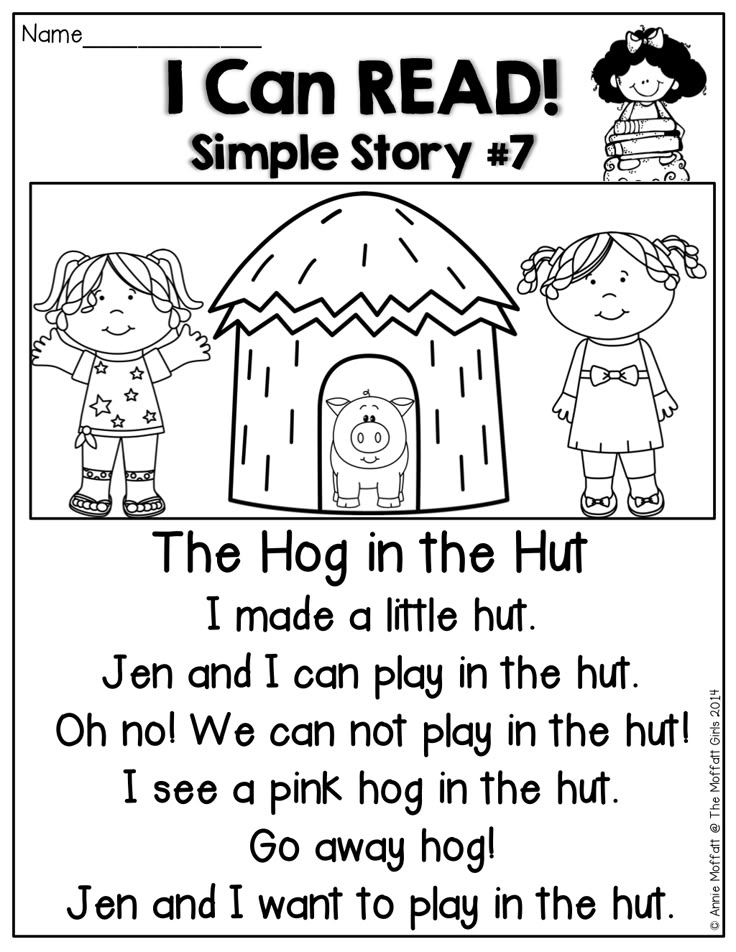Teaching vocabulary to kids
17 Ways for Kids to Learn New Vocabulary
Fluent readers need a big vocabulary. The more words a child knows, the better reader and writer they are. (Anderson and Freebody, 1981; Graves, 1986; Stahl, 1998) (DOE, NAEP, 2011) It’s up to us as parents to help our children learn and develop a large vocabulary.
The best way to learn new words is to use them, play with them, listen to them, and apply them. While it is possible to learn new words out of context, like with flashcards, Vocabulary.com, or word-of-the-day calendars, to actually have a word stick in a child’s memory, you need to use it. Repetition and application are essential.
What can you do to help expose your children to new words–and then use those words? Here are some activities to try.
1. Expose your child to vocabulary words — talking, singing, listening!
2. Have conversations.
Talk to your children using a rich vocabulary. Explain words. Listen and respond to children’s dialogue with new words and related information. (This is often called “Motherese” — it’s when kids say something in kid talk such as “me want ma” and the parent responds with, “yes, you want more milk, don’t you? You are still thirsty.”)
According to a study by Meredith Rowe in 2012:
- Children under the age of two benefit from exposure to lots of words.
- Two- and three- year olds benefit from hearing a variety of sophisticated words.
- Preschoolers benefit from conversations about past and future events as well as explanations.
3. Provide experiences.
Parents make new experiences (and familiar ones) rich with learning when pointing out new things and talking with kids. Introducing new words helps kids acquire vocabulary.
4. Read aloud stories.
Reading to children is one of the most beneficial activities you can do for their literacy skills. Find read aloud book lists for grades 1 to 8.
5. Invent your own stories.
6. Read.
The more your child reads, the more words they learn. Find book lists by age.
7. Read a variety of genres.
We learn a depth of vocabulary by reading fantasy, mystery, sci-fi, nonfiction, poetry, and more.
8. Write.
Practice the words you’ve learned by using them in writing.
9. Sing.
I’ve learned so many Spanish words by singing along to popular songs. Kids will also learn words in their own language by singing.
10. Pretend Play.
You can support vocabulary acquisition by introducing play specific words to children. If you’re playing doctor, teach the word stethoscope, for example.
11. Word Play.
Children 2 – 5 Years Old:
I Spy with word clues (“I spy something that starts with t-“), I Spy things that start with B (great for the car), or rhyming words (“I spy something that rhymes with dock.”)
Children 6+:
Mad Libs, Haikubes, Going Camping game (“I’m going camping and I’m going to bring an alligator .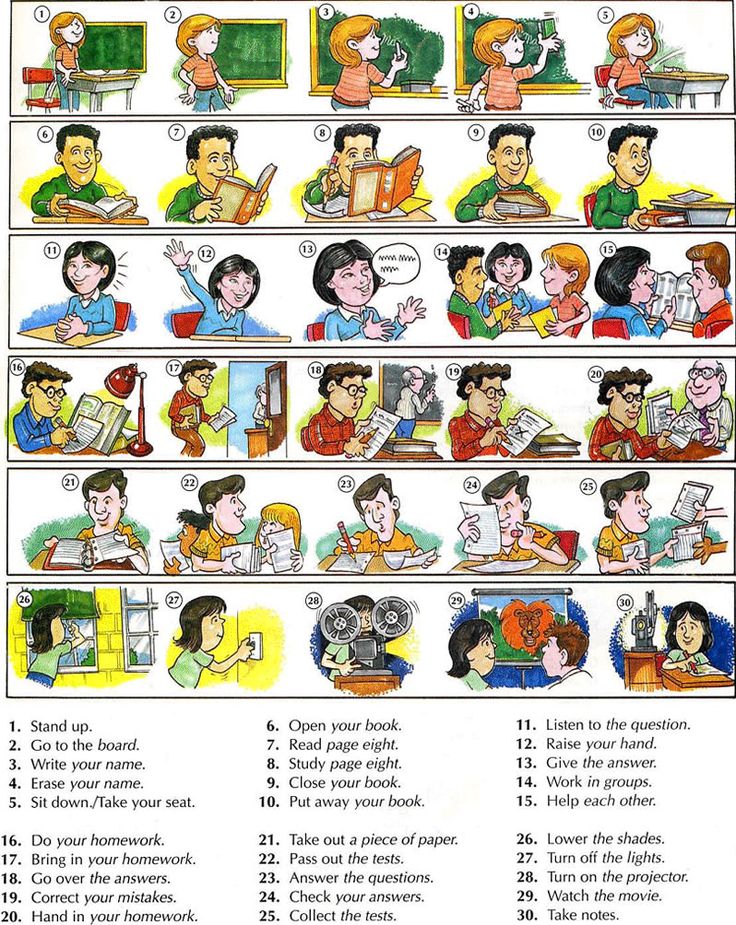 . . “), telling jokes, WordARound, Scrabble, Bubble Talk, Sight Word Games, Boggle, Bananagrams, Yamodo, Blurt.
. . “), telling jokes, WordARound, Scrabble, Bubble Talk, Sight Word Games, Boggle, Bananagrams, Yamodo, Blurt.
12. Word Collections.
13. Make Inferences.
When you’re reading and find an unknown word, help kids figure out what it means by using the context clues. I usually ask kids to substitute another word to see if it makes sense in the context of the sentence.
14. Share Cool Words.
Pick a word from your reading that you think other people in your family don’t know. Share what it is, the meaning, and use it in a sentence. Act it out if you can.
15. Do Word Puzzles.
Do crossword puzzles, Jumble, cryptograms, word searches, and play Word Games.
16. Play Vocabulary Games.
17. Word Scavenger Hunt.
Print out this indoor word scavenger hunt and look for favorite and new words
You Might Also Like:
Lemony Snicket’s 13 Words
How to Improve Your Vocabulary
Word Play with Kids – Inventing Words
Easy Found Poetry with Magazines
Follow Melissa Taylor’s board Writing Activities for Kids on Pinterest.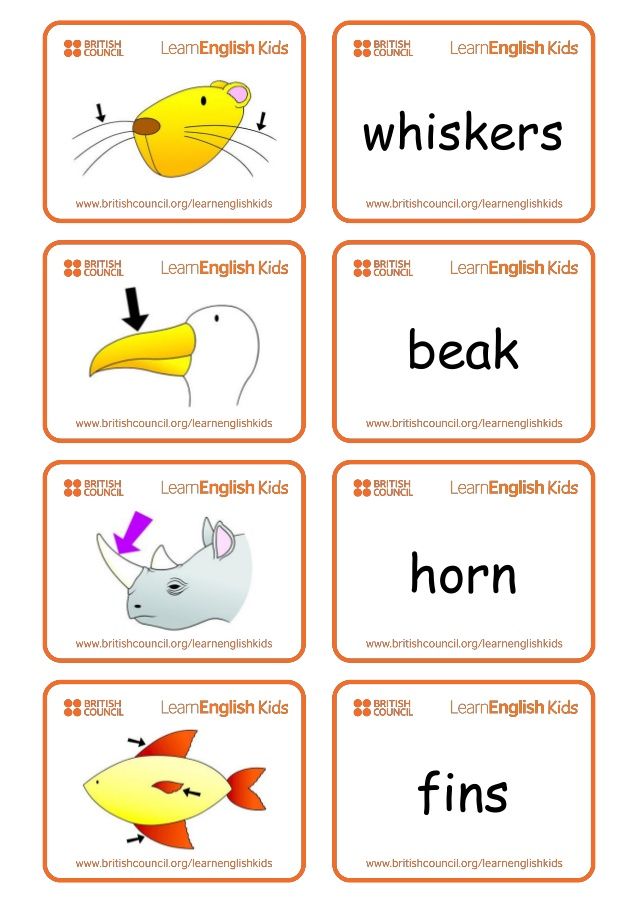
5 Fun And Easy Ideas
Learning vocabulary is one of the most essential steps in your child’s journey toward becoming a strong, consistent reader. But we know it can also be a little daunting for parents to know exactly how to teach vocabulary.
With almost 200,000 words in the English language, where do you even start? Have no fear! Working on vocabulary with your child can be fun and easy, and we’re here to help.
As we work through some playful, effective tips on how to teach vocabulary to your child, there are a couple of pointers we encourage you to keep in mind. These will help you and your child stay focused while still having fun.
Tips On How To Teach Vocabulary
Practice Patience
All children learn at different paces and in their own, unique ways. It may take some time to figure out the perfect mixture of activities to keep your child happy, engaged, and learning.
This is completely normal! What works for your child may be the opposite of what worked for their siblings or their classmates.
Taking the time to adjust to their needs is the best way to keep them engaged and excited about learning new vocabulary.
Encourage Independent Reading
It’s important to foster a sense of confidence and independence in your child from a young age.
Even as they continue to build their vocabulary, it’s helpful to allow your child to explore and grow on their own. They’ll be exposed to plenty of words, subjects, and interests as they navigate through the wonderful world of books.
Your child won’t know every word they come across, even if they’re reading at their reading level, and that’s OK! You’ll be there to help them fill in the gaps.
Get Specific
Teaching vocabulary is all about the nitty-gritty. It’s important to make sure that when your child is learning a new word, they have all the tools they need to thoroughly understand the newest addition to their vocabulary vault.
Working on a single word with detail (and repetition!) helps ensure your child not only knows the word using their recall skills but can also only recognize and comprehend its use.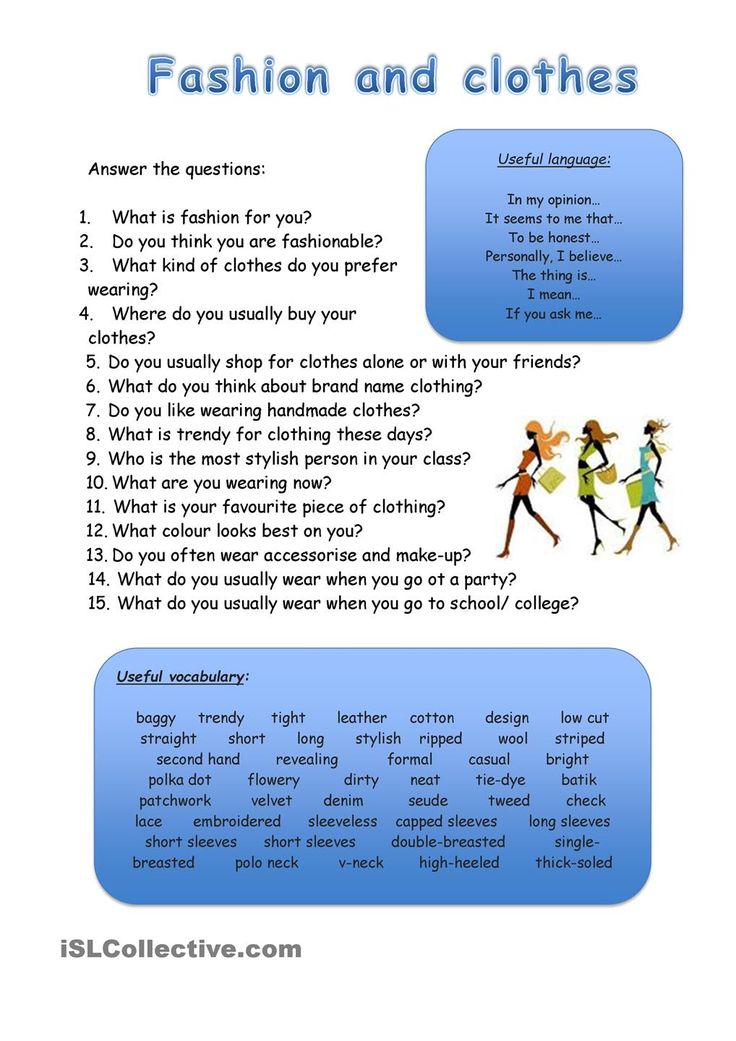
Help Them Help Themselves
During your child’s exploratory reading sessions, they’re likely to come across some words they don’t know. But that’s no reason for them to struggle!
Teaching your child how to work out words for themselves by using skills they have already mastered — such as sounding-out — will help them on their road to learning and reading independently!
Engage Your Child With Word-Play Games
What’s better than learning techniques that are effective and exciting?
Utilizing word-play games (like the ones below!) can help you figure out how to teach vocabulary to your child in functional and fun ways.
Fun And Easy Activities For Teaching Vocabulary
1) Vocabulary Clue
This game offers an all-star line up of repetitive exposure to vocabulary, providing context clues for your child to use while recalling, and loads of fun while playing!
If you’d like to try this game, you’ll need a list of vocabulary words that you’d like your child to focus on. Write each vocabulary word on a separate slip of paper, then mix them all up in a bowl or hat.
Write each vocabulary word on a separate slip of paper, then mix them all up in a bowl or hat.
For the first round, you will start by pulling out a vocabulary word. Make sure your child doesn’t see the word!
Next, try to describe the word without actually saying it. Your child’s goal is to guess the word as fast as possible!
We recommend giving players three minutes per word to guess. The younger your child is, the more time they’ll need. That’s OK! You can adapt the timing as you go if you find that your child needs a bit longer to guess.
Keep going and taking turns until you work your way through the bowl of vocabulary words.
For the second round, you use the same vocabulary words, but this time you can only provide clues by acting out the words!
For the third round, you can give verbal hints again, but you and your child can only use one word to hint at what the vocabulary word might be. For example, if the word was “sky,” your hint could be “cloud.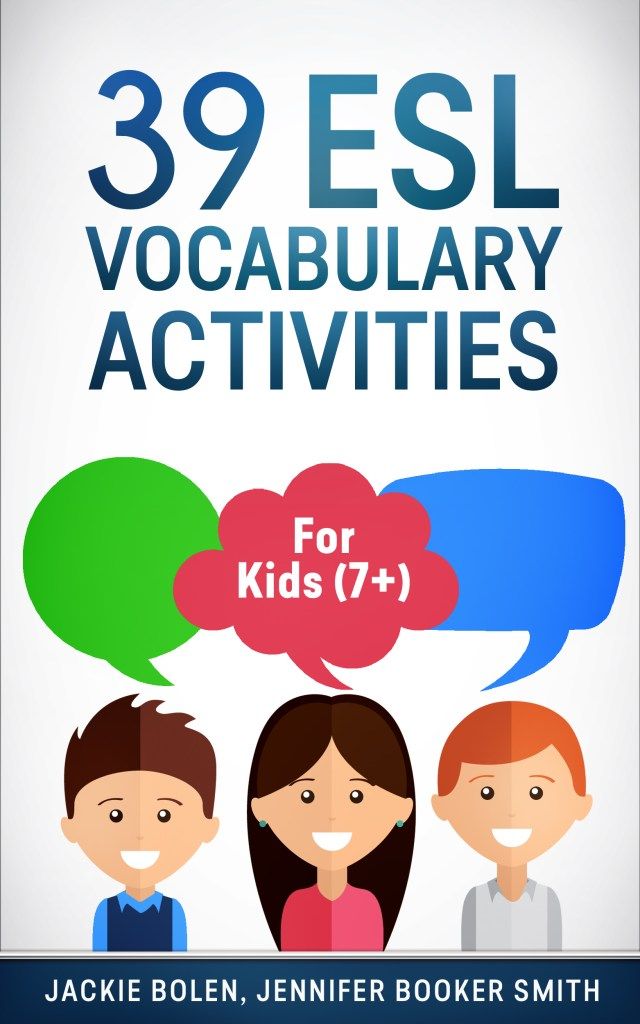 ”
”
This game helps make sure that your child has a plethora of resources to help them learn their vocabulary words. After playing, they’ll know the definition of their new vocabulary words as well as synonyms and actions associated with each word!
2) Two Truths And A Lie
This game is easy, quick, and can be used on the go!
For this game, when practicing vocabulary words with your child, provide them with three different options. One option will be the correct definition of the word, while the other two are lies.
We encourage you to be as absurdist and silly as possible!
As you begin, make it obvious which answer is the correct one. As your child gets better and better at recognizing their vocabulary words and the right definition, you can get more advanced with your white lies.
We recommend avoiding switching around the definitions from other vocabulary words they’re focusing on. We don’t want them to get confused!
Sticking with silly, funny white lies will help move them in the right direction.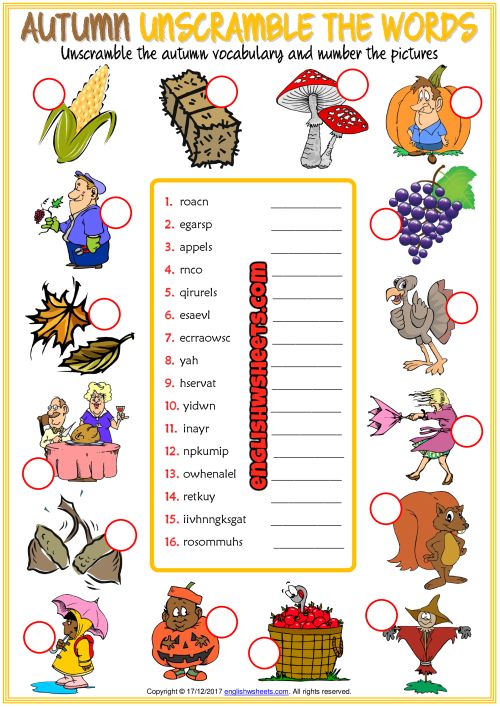
3) Sticky Ball Game
If you don’t mind sticking some tape on your walls, this is a great game to use for teaching vocabulary!
You can write out each vocabulary word onto a separate flashcard, then stick them onto the wall. Make sure they’re spaced apart! This will make it easier for your child to read.
Next, scrape together a ball made out of tape that’s nice and sticky.
Your job will be to read off the definition of one of the words. Once your child figures out what it is, their goal is to throw the sticky ball at the right word as fast as they can.
For young learners who are still working on their reading skills, you can point to cards and read them off so they have multiple answer choices to consider. Their goal is to throw the ball at the correct answer.
This game is even better if you have multiple kids, as they can play together. Just make sure you adjust the vocabulary to suit each child (don’t act out a word for your sixth grader if it’s your kindergartner’s turn!).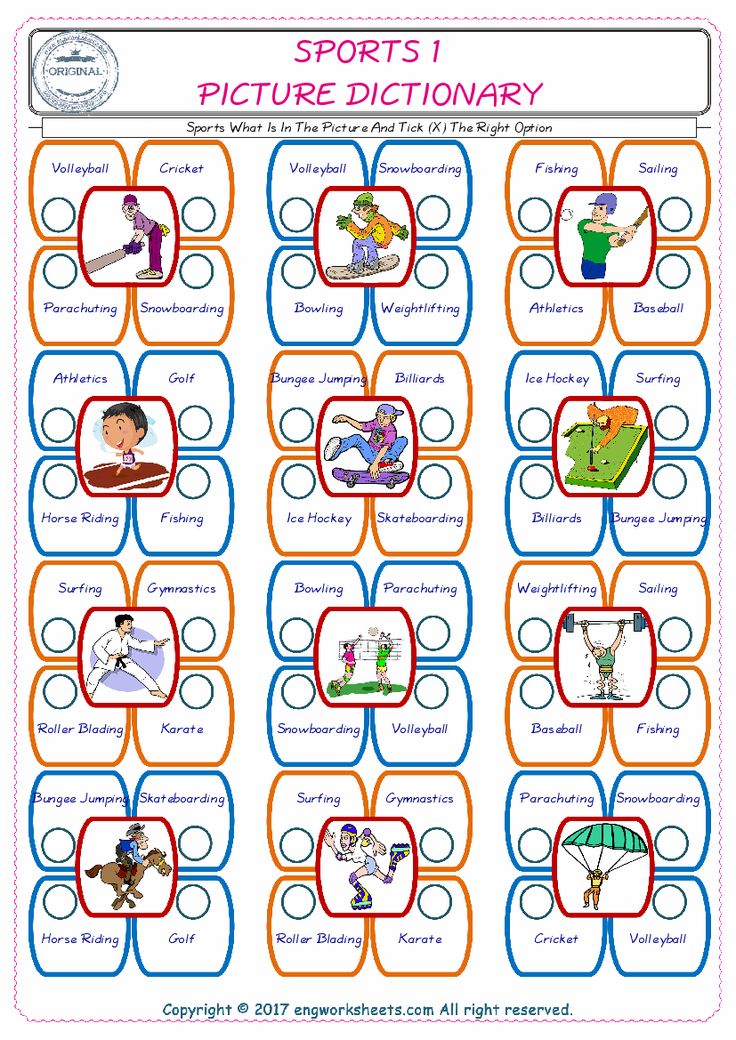
4) Race For The Right Word
You’ll need yourself and one other person to help with this game if you want to give it a go.
One of you should be positioned on one side of the room. Have the other person go to the opposite end of the room and wait with a stack of vocabulary cards written onto large pieces of paper.
Hint: Keep the font a little bit small — the goal is for players to have to run up to the other person to read it!
Once you yell “GO!” your child will dash to the person on the other side of the room holding the flashcard. Then they will run back to you and tell you the definition of the word they saw. Feel free to have the person holding the cards read the words off for younger children.
If your child gets the definition wrong, they can run back to get a hint from the person holding the word. Players can run back and forth as many times as needed to get the definition correct.
You can make this game easier or harder depending on your child’s reading level!
5) Vocabulary “Kamishibai”
This activity might sound fancy, but a kamishibai is just a Japanese form of storytelling that’s done through visual cues.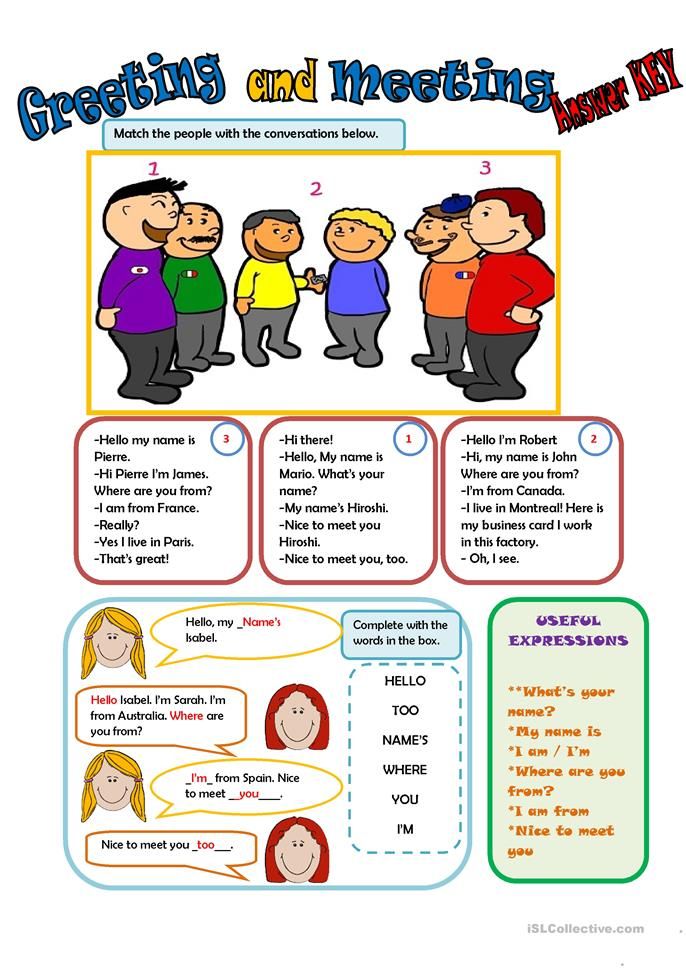 Traditionally, people build tiny “stages” that they use to slide in small pictures representing scenes in a story (think of a very small, mechanical film screen!).
Traditionally, people build tiny “stages” that they use to slide in small pictures representing scenes in a story (think of a very small, mechanical film screen!).
There’s no need to build a stage, but we encourage you to get crafty and creative with this one!
If this sounds like an interesting activity to you, start with a book that your child is familiar with. They should have an understanding of some of the vocabulary they’re trying to practice.
You can illustrate a handful of scenes from the book together that emphasize the vocabulary they’re learning. Give them a head start by reading the book together. Then, ask if they can retell it with the pictures you made together. Can they assemble the story in the right order?
The challenge: can your child tell what picture scene goes with what vocabulary word?
For example, if you’re reading A Very Hungry Caterpillar together, you could draw a picture of the hungry caterpillar turning into a butterfly.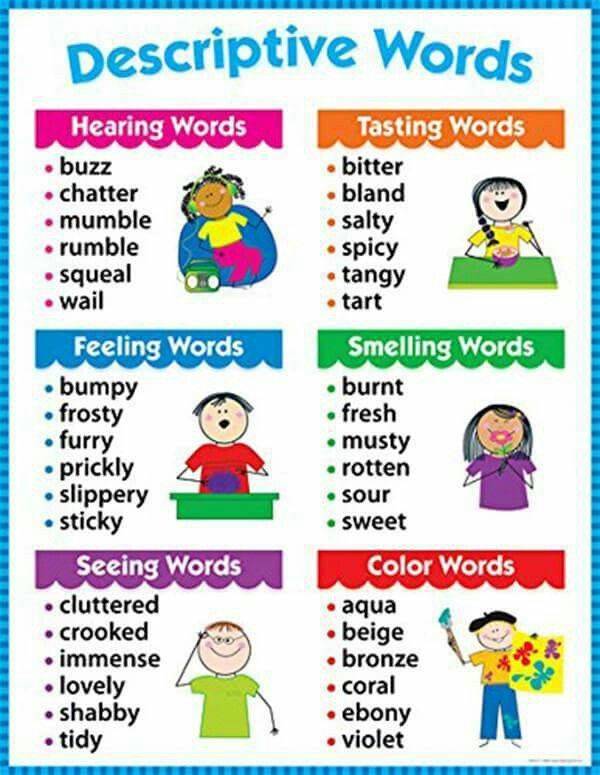 This scene could work as an example for vocabulary words like “change” or “transform.”
This scene could work as an example for vocabulary words like “change” or “transform.”
For younger kids, you can make it even simpler. You could draw a stick figure for the word “man.” Or you could draw a picture of some sneakers for the word “shoe.” It’s easy and adaptable for your child’s learning.
The storytelling and visual aspects of this technique will boost their imagination and recall skills.
Now You Know How To Teach Vocabulary!
Expanding your child’s vocabulary will take time! We hope that one or more of these tips and activities gave you some ideas for making their vocabulary acquisition fun, easy, and a part of their learning routine that they look forward to.
If you ever find yourself needing to mix up your routine, we recommend trying the HOMER Learn & Grow app. It has tons of personalized activities for how to teach vocabulary to your child, and help them build confidence that will carry through their reading journey!
Author
"Vocabulary of preschool children" | Article on the development of speech (group) on the topic:
Article for teachers on the topic:
"Vocabulary of preschool children"
Prepared by the educator:
Tatarinova Alena Albertovna.
Over the past decade, the speech pathology of preschool children has increased dramatically. 70% - 90% of children attending preschool institutions have signs of speech development delay of varying severity. That is, children with insufficiently formed oral speech are not ready for the beginning of schooling. 40% of students in public schools go to the fifth grade with dysgraphia (violation of writing), which means that the guys are doomed to chronic poor performance in the Russian language. Deviation from the norm in the speech development of a child can manifest itself: the poverty of his vocabulary.
It is clear to everyone - the richer a person's vocabulary, the more complete his oral speech. However, not everyone understands the importance of the role that vocabulary plays in mastering literate writing. For example, in order to master and apply many grammar rules, you need to be able to quickly and correctly select test words. And this is possible only with a sufficiently large vocabulary and a correct understanding of the lexical, semantic meaning of each word.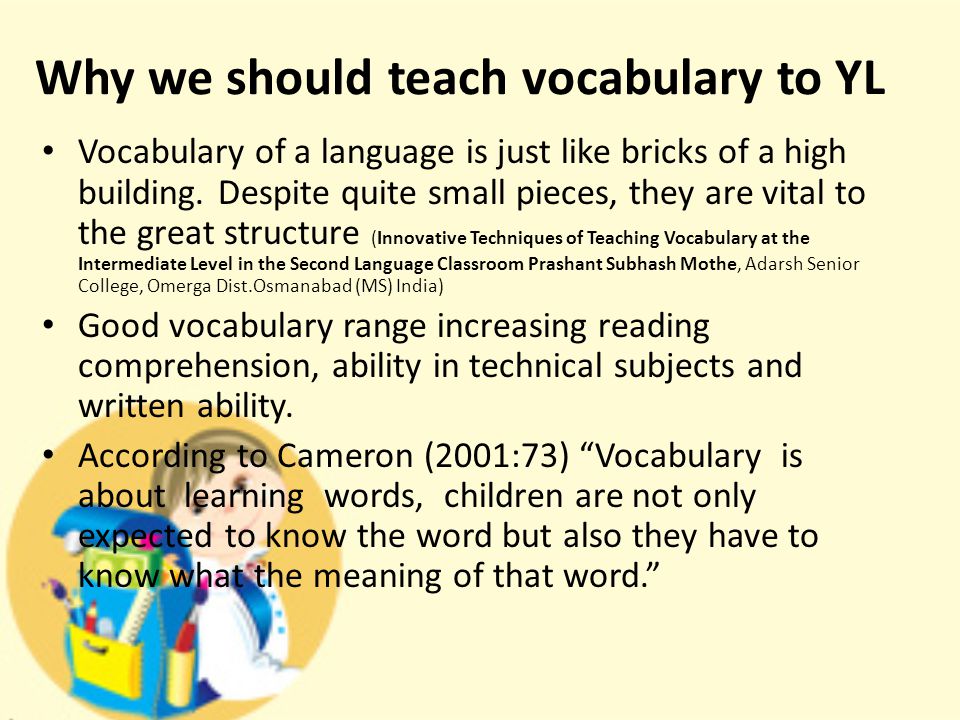
To prevent such a situation, it is necessary to pay the most serious attention to the accumulation of vocabulary by children even at preschool age. At the same time, it is necessary to take care not only about the assimilation by the child of as many words as possible, but also about the correct understanding of their meanings and semantic relationship. In addition, it is very important that the child does not accumulate vocabulary randomly, as happens in most cases, but in a certain system.
The very first words in a child usually appear by the age of one. These words (most often mom, dad, baba) are words - sentences that express a whole thought. With the help of the same word, the child can express some kind of complaint, and a request to give him a toy, “pick up”, etc. In the future, the child has more and more new words, which he gradually begins to connect with each other, trying to build elementary sentences from them. The accumulation of vocabulary in a child is inextricably linked with the mastery of speech sounds and the grammatical structure of speech.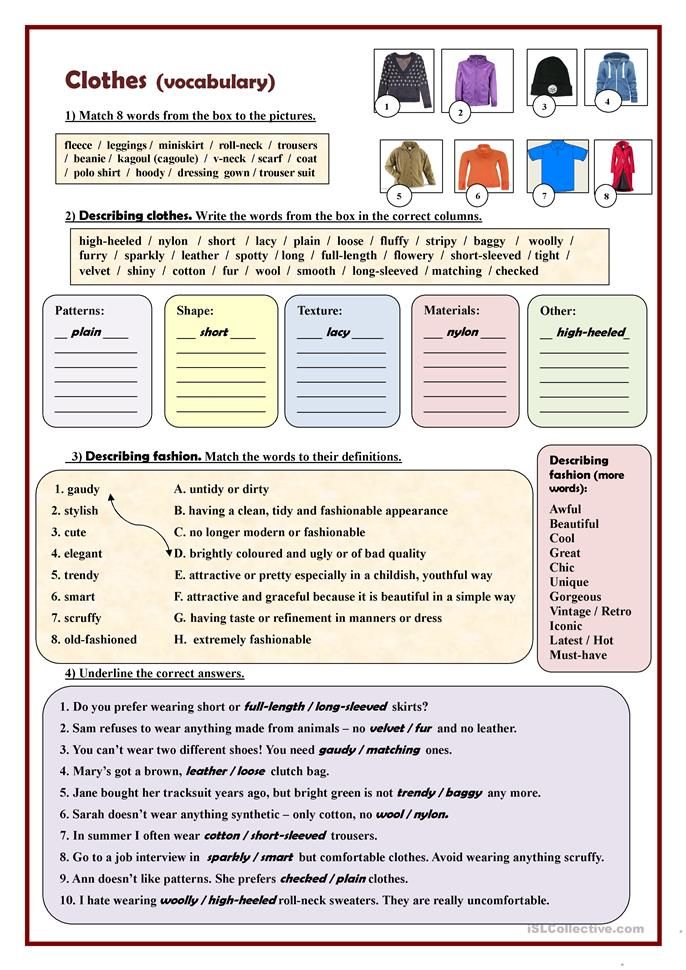 And since he still lacks many speech sounds, he pronounces the learned words incorrectly, distortedly (“afet” instead of candy, “drink” instead of sleep). Up to a certain age, this is quite normal and should not cause alarm in parents, because as the child gradually masters the speech sounds, the structure of the words spoken by the child is more and more refined and approaches the norm. A child masters completely correct pronunciation only by the age of 5-6 years. The vocabulary of children is constantly enriched not only quantitatively, but also qualitatively. The quantitative growth of the vocabulary is expressed in the gradual assimilation of new words. First of all, the child learns those words that are directly related to his life - the names of the surrounding objects, toys and basic daily activities. At the same time, the number of words a child has depends on the conditions in which he lives and is brought up. So, two-year-old children in different families can have in their stock from 45 to 1000 or even more words.
And since he still lacks many speech sounds, he pronounces the learned words incorrectly, distortedly (“afet” instead of candy, “drink” instead of sleep). Up to a certain age, this is quite normal and should not cause alarm in parents, because as the child gradually masters the speech sounds, the structure of the words spoken by the child is more and more refined and approaches the norm. A child masters completely correct pronunciation only by the age of 5-6 years. The vocabulary of children is constantly enriched not only quantitatively, but also qualitatively. The quantitative growth of the vocabulary is expressed in the gradual assimilation of new words. First of all, the child learns those words that are directly related to his life - the names of the surrounding objects, toys and basic daily activities. At the same time, the number of words a child has depends on the conditions in which he lives and is brought up. So, two-year-old children in different families can have in their stock from 45 to 1000 or even more words.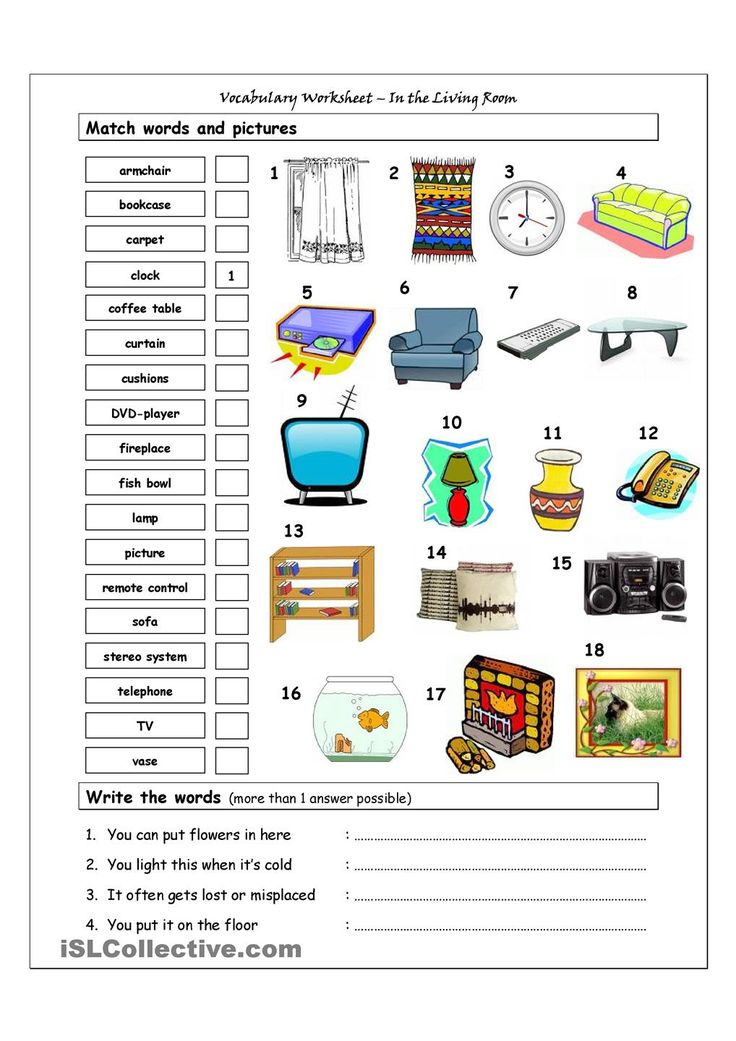 The qualitative growth of the dictionary is expressed in the child's ever deeper understanding of the meanings of words, including polysemy and figurative meanings. For example, by the word leg, the child at first understands only his own little leg. Later, he learns that the same word refers to the leg of the table and chair, and the leg of the mushroom. Or: the child first understands the verb to sleep only as such an “action” that refers directly to himself or to other people, but gradually the understanding of the figurative meaning of this verb comes to him, trees and even all nature as a whole can sleep in winter. By the age of 3-4, generalizing words begin to appear in the child’s speech (if he hears them in the speech of adults), which do not mean one specific object. And whole groups of homogeneous objects: dishes, clothes, vegetables, fruits. This is a very important stage, which is the very first step towards systematizing, streamlining the child's vocabulary. Children's word creation should be encouraged in every way, including in an entertaining game with a child.
The qualitative growth of the dictionary is expressed in the child's ever deeper understanding of the meanings of words, including polysemy and figurative meanings. For example, by the word leg, the child at first understands only his own little leg. Later, he learns that the same word refers to the leg of the table and chair, and the leg of the mushroom. Or: the child first understands the verb to sleep only as such an “action” that refers directly to himself or to other people, but gradually the understanding of the figurative meaning of this verb comes to him, trees and even all nature as a whole can sleep in winter. By the age of 3-4, generalizing words begin to appear in the child’s speech (if he hears them in the speech of adults), which do not mean one specific object. And whole groups of homogeneous objects: dishes, clothes, vegetables, fruits. This is a very important stage, which is the very first step towards systematizing, streamlining the child's vocabulary. Children's word creation should be encouraged in every way, including in an entertaining game with a child.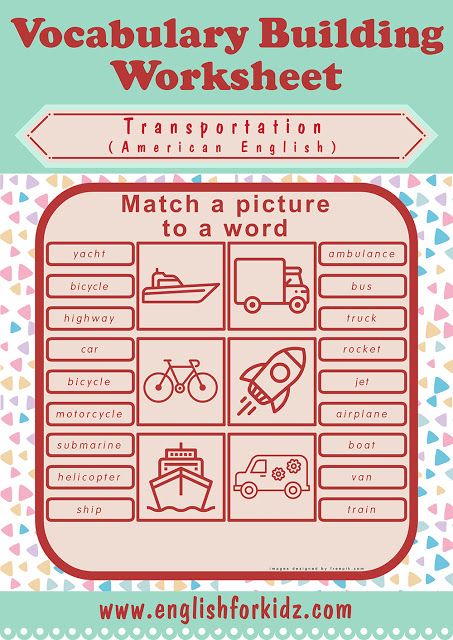
So, by the beginning of schooling, the child should have a sufficiently large (including generalizing words) and correctly systematized vocabulary, have an idea of the ambiguity of words, that some words have not only basic, but also figurative meanings.
Competent assistance in the process of accumulation and enrichment of the vocabulary, which is very difficult for a child, must be provided not only by teachers, but also by parents - reading fiction, word games, teaching storytelling, and so on.
Now we have been talking about the normal course of a child's vocabulary acquisition. However, this is not always the case, there are main signs of deviation from the norm:
- Delay in the appearance of the first words. For some children, the very first words instead of a year appear only after 2-4 years. This is an alarming sign, indicating a clear deviation from the normal course of speech development.
- Sometimes the first words in children appear on time, by the age of one, but further enrichment of the vocabulary stops or occurs only due to babbling words that are incomprehensible to others.

- Vocabulary enrichment occurs only at the expense of nouns in the almost complete absence of verbs in the child's speech, which does not allow him to move on to phrasal speech, since each sentence must contain a predicate, that is, a verb.
- No attempts to link words together. Some children, having already a fairly large vocabulary, figuratively speaking, “scatter them like peas”, without trying to build a phrase.
- Sometimes children use nouns only in the nominative case for a long time, no matter how they notice their endings, whereas in the normal course of speech development even before the transition to phrasal speech
(in the second year of life) the child begins to use indirect forms of words.
- Frequent and long-lasting replacements of words that are close in meaning, that is, their inaccurate use (sledge - skis; bed - sofa) - this indicates the poverty of the vocabulary and an insufficiently accurate understanding of the meanings of words.
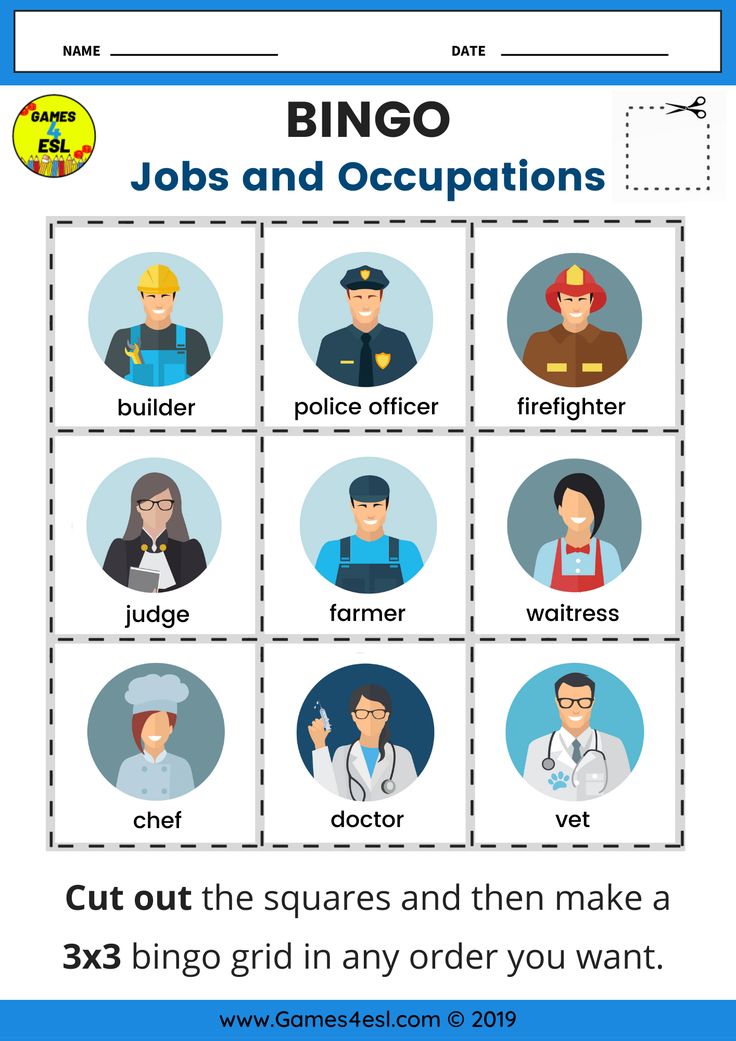
- Prolonged recall of words when naming objects and actions depicted in pictures or when answering questions from an adult.
- Frequent permutations of syllables and sounds in words - a violation of the structure of the word (instead of a tree - "devero", a hammer - "motor").
When such features appear in the child's speech, it is necessary to immediately show a specialist.
Checking and expanding vocabulary
The user is not authorized.
First level of exercises available Vocabulary testing and expansion - Teaching letters and alphabets to preschool children. Alphabet, Russian letters
Expansion of the vocabulary of children 3-6 years old - learning to read online
It's no secret that children often read badly just because they don't understand words that smart adult uncles use in the text. This raises two difficulties - read the word itself, and it can be long, and secondly, understand what was read and remember what it means.
For those kids who have not yet learned how to link letters into words and made this training. At the first stage, you need to memorize three-letter words, and a little later - four-letter. At the same time, it is important to remember that this game is primarily for replenishment. vocabulary, and not on the speed of solving the puzzle. That is, exercise necessary with an adult and if the child does not understand the words, then the adult is simply obliged explain its meaning.
Training the child's vocabulary. List of three-letter and four-letter words to rememberHow vocabulary helps children prepare better for admission to school
The more vocabulary a person has, the easier he can formulate thoughts. Remember that there is a rule that they meet a person by clothes, but follow the mind. At present, both clothes and mind are determined by the dictionary reserve man
Millet just play games on my site for five to ten minutes each day and in a playful way teach your child to read.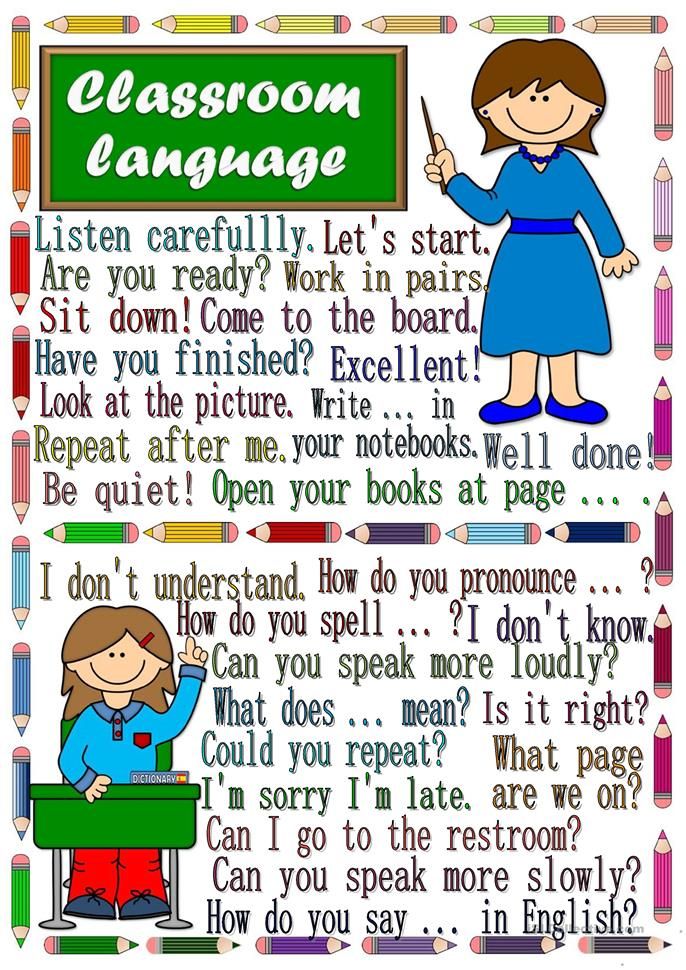 Remember that children cannot time to work hard. Children learn only through play.
Remember that children cannot time to work hard. Children learn only through play.
How to choose the time for classes
There is this recommendation:
If you want to be successful and not discourage your child from learning, make each session a game when he is active, alert and in good mood.
This is a highly controversial recommendation. The kid quickly understands that as soon as it opens primer, then it will be boring, and he won’t be able to see the TV set. The mood spoils, occupation comes from under the stick.
How to choose the right words for reading
Not all children understand how to put letters into words correctly. for them the letters are just icons that don't represent anything. Why do adults want certain things from them? actions, children do not understand. And, at some point, the children understand what it is letters and how words can be formed from them. Just for such children, I collected simulators and games.
Just for such children, I collected simulators and games.
In this simulator, you will need to read simple words and choose the right picture that represents the word. First come simple words, consisting of three letters, then more difficult and long. The task I set was to collect the words, with all letters of the Russian alphabet.
Learning to read by playing online
Determine the child's vocabulary
Reading words must be given from what is already known thesaurus (dictionary) of the child.
The child operates with words related to people:
mother, father, woman, grandfather (if he is still alive - if not, then we exclude from the list), aunt, uncle, Vasya, Nastya, Sergey, Lena, Kolya - all names parents, brothers and sisters.
The child can describe the surrounding kitchen utensils:
spoon, mug, plate, soup, tea, cube, water, drink,
Adding tasty words for boys to the dictionary
Lego, robot, tank, gun, helmet, car, truck, gun, defense, attack, football.
..
A, for girls - words for girls
beauty, princess, girl...
Adding fairy-tale characters and names of toys to the dictionary
Luntik, Aibolit, MoyDodyr, Shapoklyak...
If the kid watches American cartoons, then add the main characters of these cartoons
Other games
Reading sentences
Find a pair of letters
Find a pair of syllables
Five pictures
Nadi letter
Words - wheels
Search for word
Keyboard
Find a couple of words
Pass the letters
Set of phrases on the keyboard
Dictionary
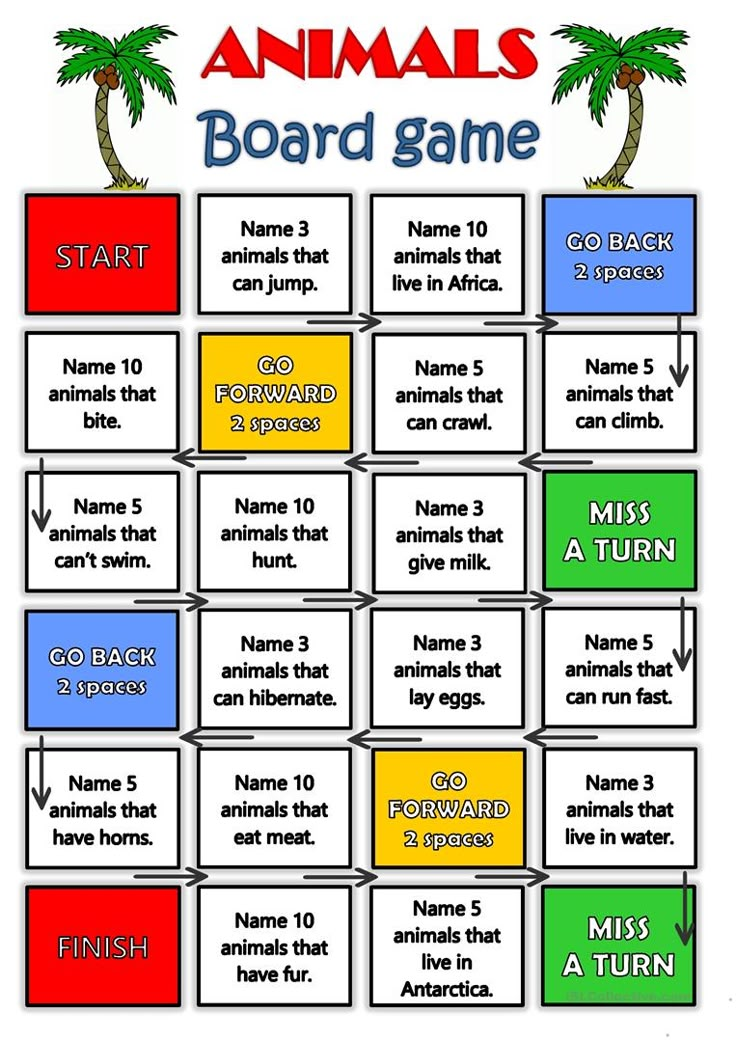 Learning to read in games
Learning to read in games Why does a baby forget letters, although he learned them yesterday
Usually, a child easily memorizes some letters, and not so others. The role of an adult in celebrating what his ward does not succeed in and giving additional tasks.
Another important thing is regularity. Since for the child all learning is frankly, cramming and repetition, then the process of classes should be such that information was repeated at regular intervals.
Ebbinghaus (read more about it on Wikipedia) studied how quickly people forget meaningless information for this person and came to the conclusion that in the first twenty minutes, 40% of the information is forgotten. And if it is impossible to say exactly what it means this or that letter, then this is tantamount to the fact that the letter is completely unfamiliar. Must be unequivocal 100% recognition.
Repeat, repeat, repeat
For example, you are practicing syllables (syllable, combination of letters) TO , and the child more or less learned to recognize and read the combination. Add the syllable BUT to the tasks, and ask to read words helping to read unfamiliar more child letters. However, the child can click on the syllables himself and listen to how the computer is reading.
Add the syllable BUT to the tasks, and ask to read words helping to read unfamiliar more child letters. However, the child can click on the syllables himself and listen to how the computer is reading.
co r zi at
pa on the ma
su to no
The program has a vocabulary of the present word 900 words and will pick up with ease words with the necessary syllables (syllables).
Note
See if the child understands the meaning of the words. The dictionary in the program is selected in a special way - so that all combinations of letters needed for training come across. Therefore, the word may be unfamiliar. For example, the word SUKNO has been added to the dictionary since this word includes the SU warehouse.
Note
If you have any ideas for expanding the dictionary, then I will gladly include your dictionary to the existing one.
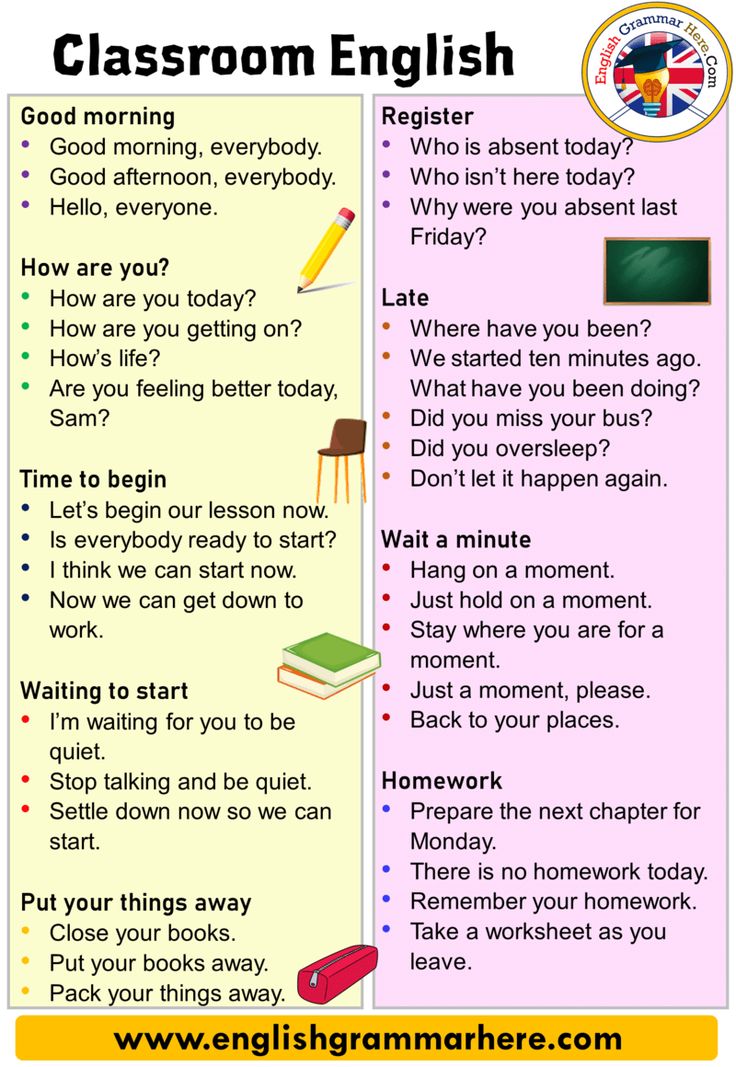
Learn the secrets of teaching your child to read at home.
- Which words should be read first
- How to encourage a child to study with zeal
- How to teach a child to read clearly and clearly
- Why children read MeAMeA
- How Leo Tolstoy taught children. Why did he criticize the Germans?
- The child reads slowly. What to do?
- The child knows letters, but cannot read, what to do?
- How to save money on training courses.
Determination of a child's readiness for learning
sentences and could express his thoughts, and more or less - distinctly pronounce sounds.
How long does it take to practice?
The duration of each lesson should not exceed 5 minutes, as children early age are not yet capable of longer concentrated actions.
How to choose the time for classes
There is this recommendation:
If you want to be successful and not discourage your child from learning, make each session a game when he is active, alert and in good mood.
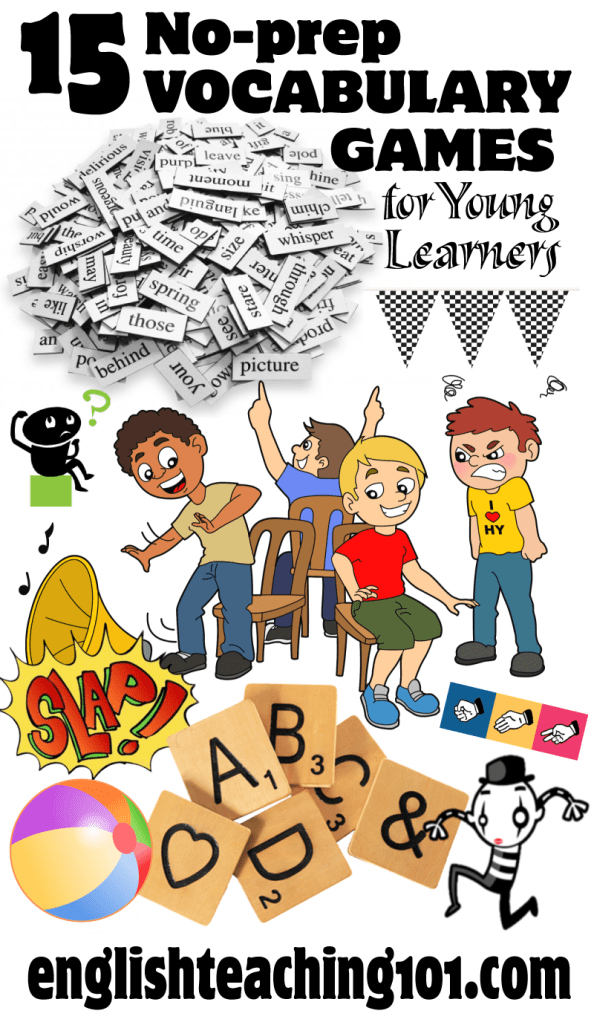
This is a highly controversial recommendation. The kid quickly understands that as soon as it opens primer, then it will be boring, and he won’t be able to see the TV set. The mood spoils, occupation comes from under the stick.
Here are the simple rules for organizing classes:
- Classes must be periodic. Short enough for your son or daughter engaged enthusiastically.
- There should be a reward at the end.
- The kid must clearly understand what he needs to do this time.
I RECOMMEND!
I recommend reading Karen Pryor's book Don't Grow at the Dog, in order to to understand how to train... oh, train a child.
In short, put only one task. ONLY ONE! As soon as it turns out what you wanted - leave the lesson. For example, you want the child to clearly uttered the tongue twister "in the yard - grass, on the grass - firewood." Explain to the child that you need to clearly and clearly say the words slowly and articulately.




